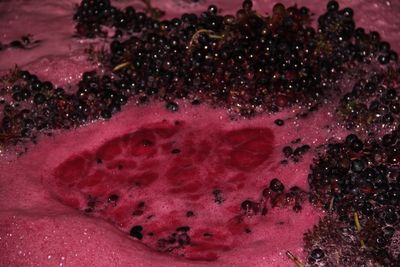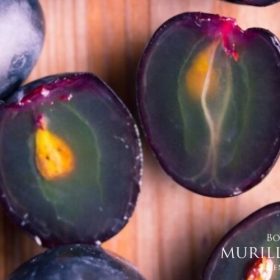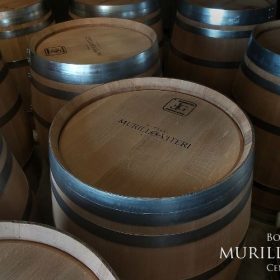
The main thing to bear in mind is that the transformation of the must into wine is produced by fermentation, when the yeasts eat the sugar in the grape and deposit gas and alcohol.
Alcoholic fermentation is the most important and determining factor when making wine. In the past, before Pasteur’s discoveries, fermentation was thought of as a natural or chemical decomposition process of the must. Pasteur showed that fermentation is carried out by yeasts. When they live without air, they transform the sugar in the must into alcohol and carbon dioxide gas.
Fermentation process
Fermentation ends when the fungi “eat” all the sugar in the wort, and boiling stops. The most important human part of how wine is made is to monitor fermentation, density control and temperature. Density control tells us how much sugar is left in the must.
The length of fermentation and vatting varies according to the type of wine being made, the yeast used and the speed of fermentation. This speed will be decisive in determining the astringency, body, evolution and longevity of the wine. Thus, long and patient vatting is typical of slow harvests, high acidity and fermentation at moderate temperatures. It is important to bear this in mind when putting into practice how wine is made, as it will allow us to obtain full-bodied Rioja wines, suitable for ageing and which improve with ageing.
Temperature control is extremely important (18ºC-20ºC). It is normally regulated by cooling the vat, avoiding sudden drops that could halt the process. The final phase of fermentation is called malolactic fermentation. The last step of how the wine is made is when the malic acid changes to lactic acid, giving a greater smoothness. This fermentation is more accentuated in the case of wines that undergo ageing. Malolactic fermentation is fundamental for the quality of the wine, especially in red wines.
Once the fermentations are finished, the wine is ready. Now all that remains is to bottle it and, most importantly, to enjoy it!








 Deutsch
Deutsch Français
Français Italiano
Italiano Nederlandse
Nederlandse